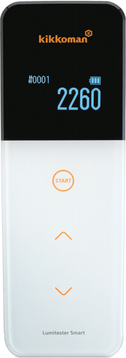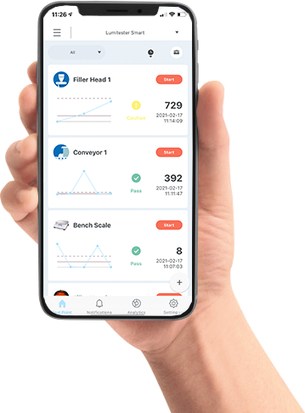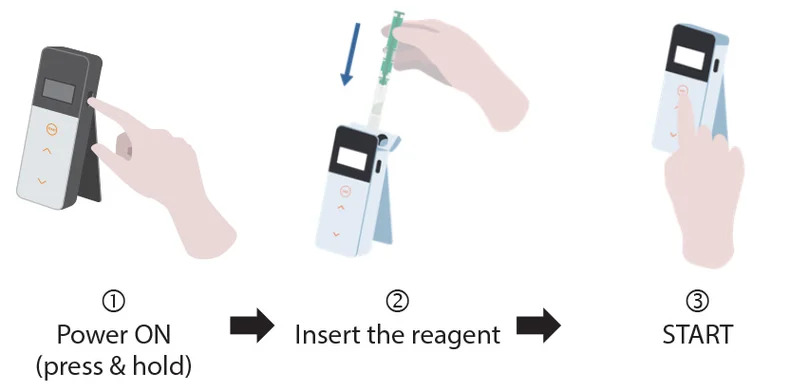Is Your ATP Test Telling the Whole Story?
Food safety is a top concern for every food manufacturer and supplier. One of the most common ways to check for contamination is through ATP testing. ATP, or Adenosine Triphosphate, is a molecule found in all living cells, including bacteria, yeast, mold, and animal or plant matter.
These tests help confirm whether a surface has been cleaned properly. However, they don’t always give you the full picture.
Why Standard ATP Tests Can Be Misleading
A study by the University of Wisconsin–Madison found a key issue with regular ATP testing. When ATP is exposed to air, light, or temperature changes, it begins to break down. First, it turns into ADP (Adenosine Diphosphate), and then into AMP (Adenosine Monophosphate).
Traditional test kits only detect ATP. If the ATP in your sample has already broken down, your test result may come back as negative. In reality, though, contamination could still be present. This false negative can create a dangerous sense of safety.
A Better Way to Test: Lucipac A3 Surface
The Lucipac A3 Surface test solves this problem. It does not just detect ATP. It also finds ADP and AMP. The name “A3” refers to this triple-detection capability.
By using all three markers, Lucipac A3 gives you a clearer view of what is really on your surfaces. This helps you identify contamination that standard tests may miss.
Why Lucipac A3 Makes a Difference
- More Accurate: Finds ATP, ADP, and AMP for a full contamination check
- Greater Sensitivity: Catches even low levels of residue
- Faster Results: Provides test readings in just 10 seconds
- Easy to Use: Designed for quick testing in fast-paced environments
Do Not Rely on Outdated Testing Methods
Older test kits may leave gaps in your safety checks. Lucipac A3 Surface helps you detect what others might miss. With better data, you can protect your products, your process, and your reputation.

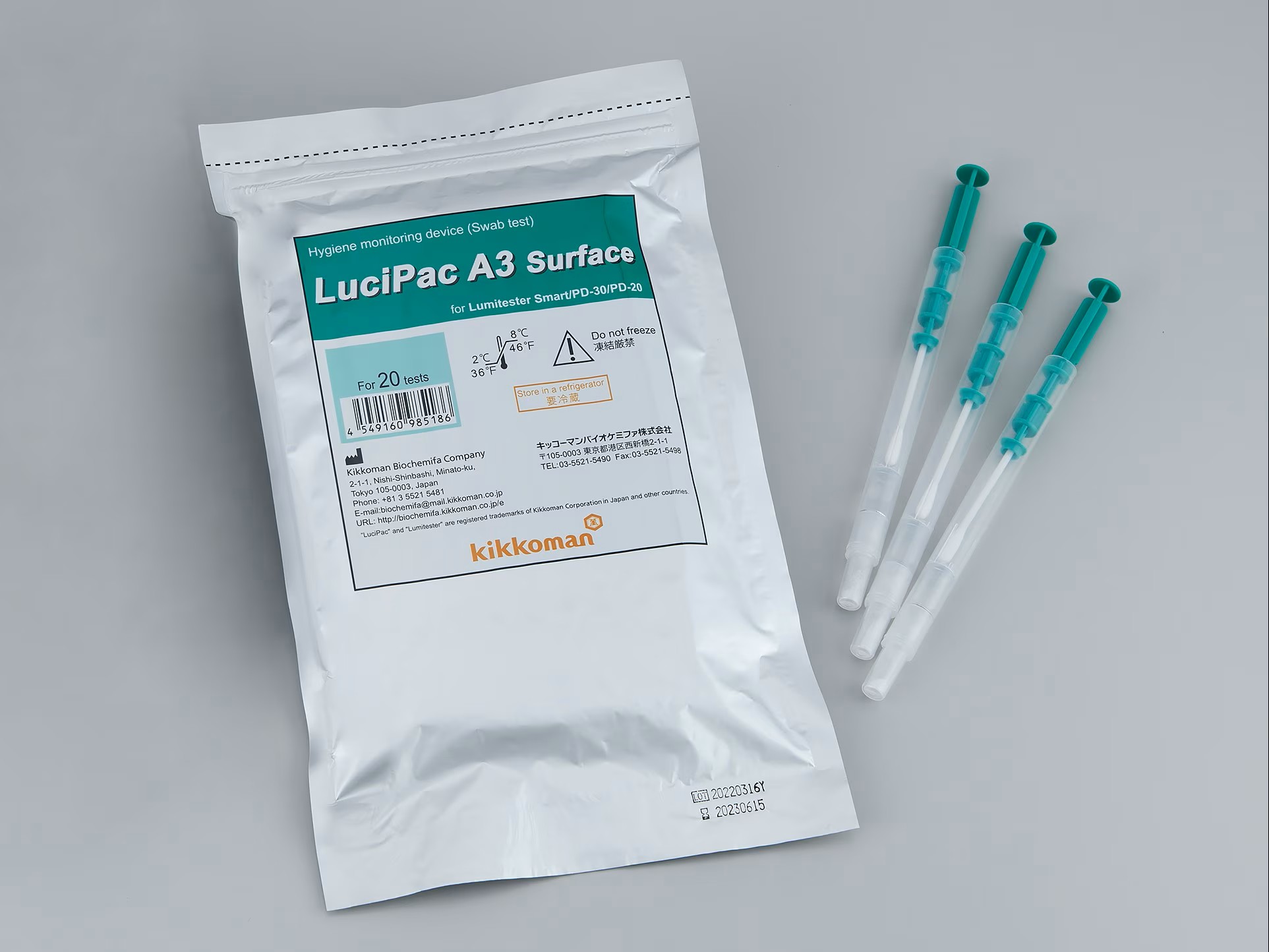
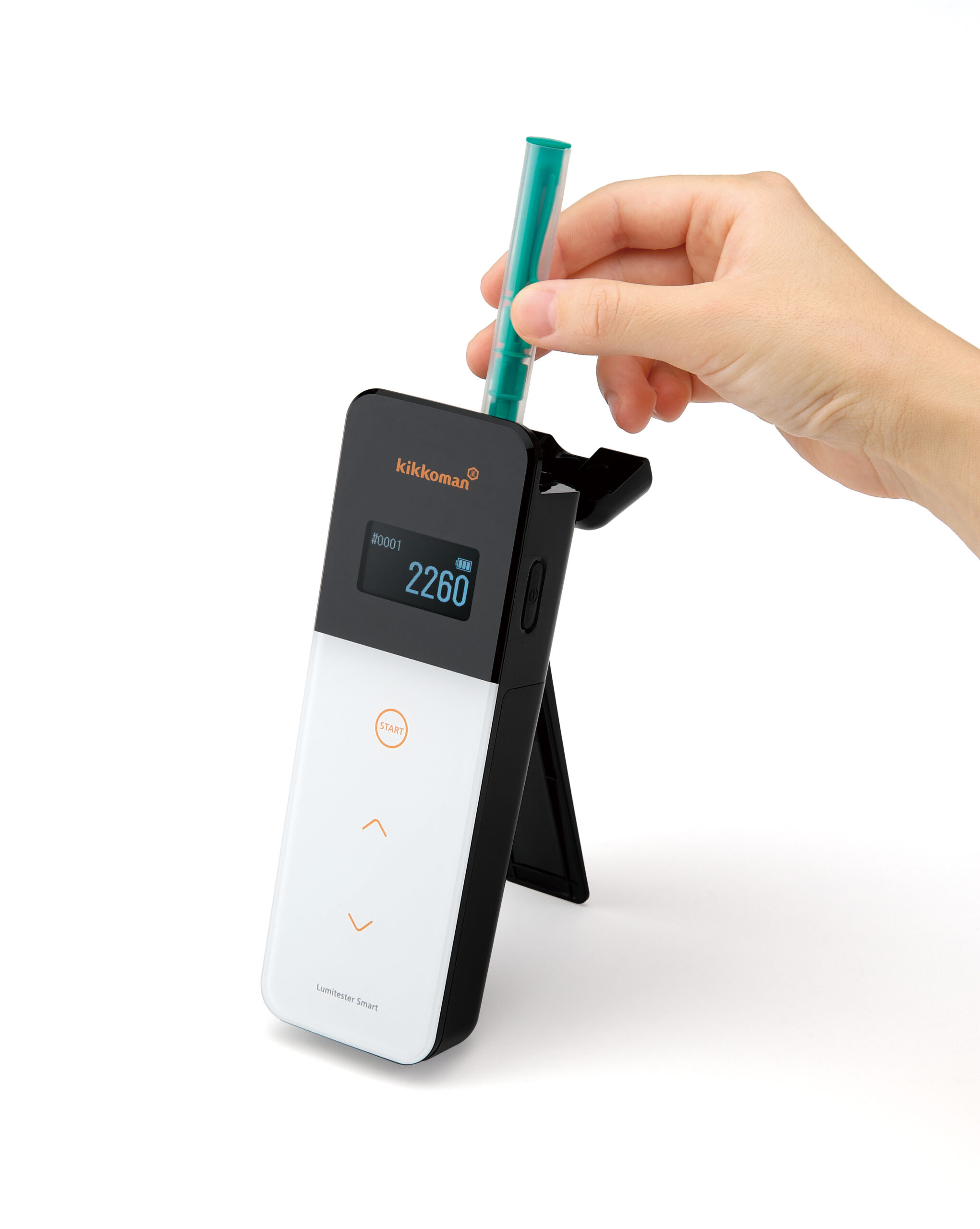




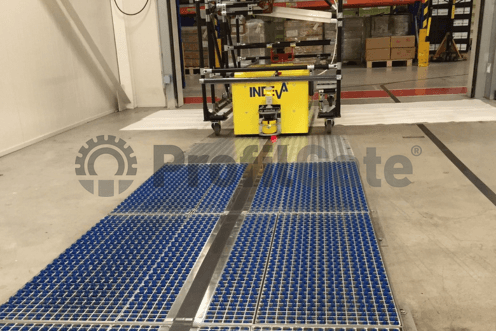

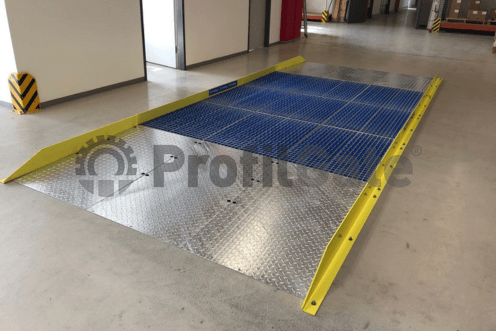
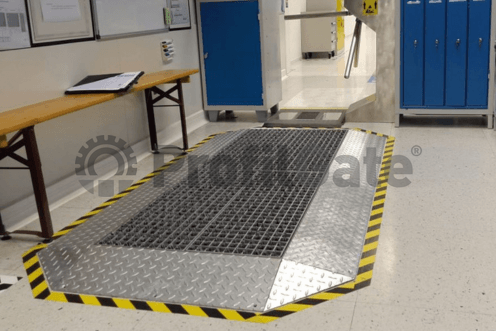

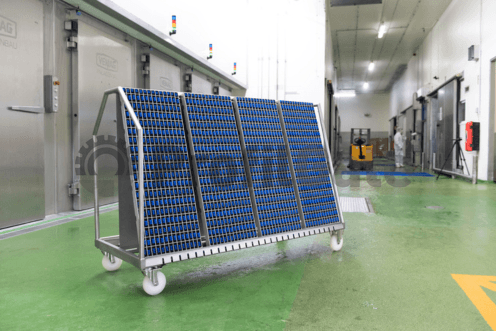



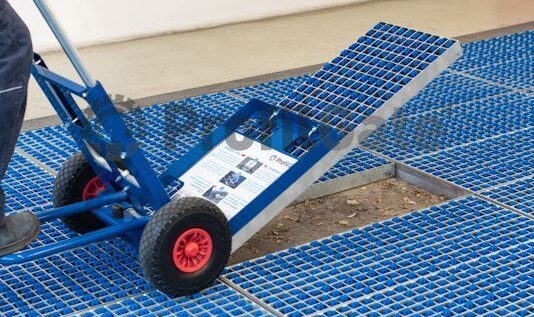
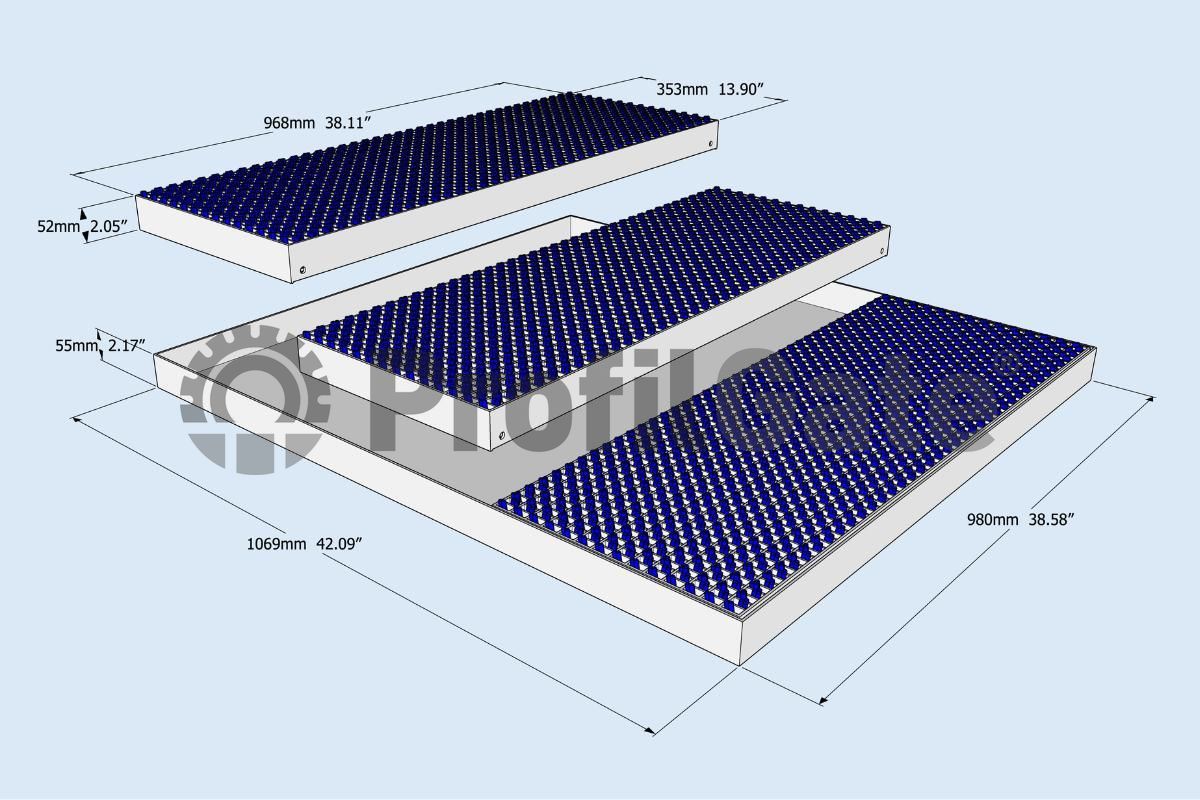
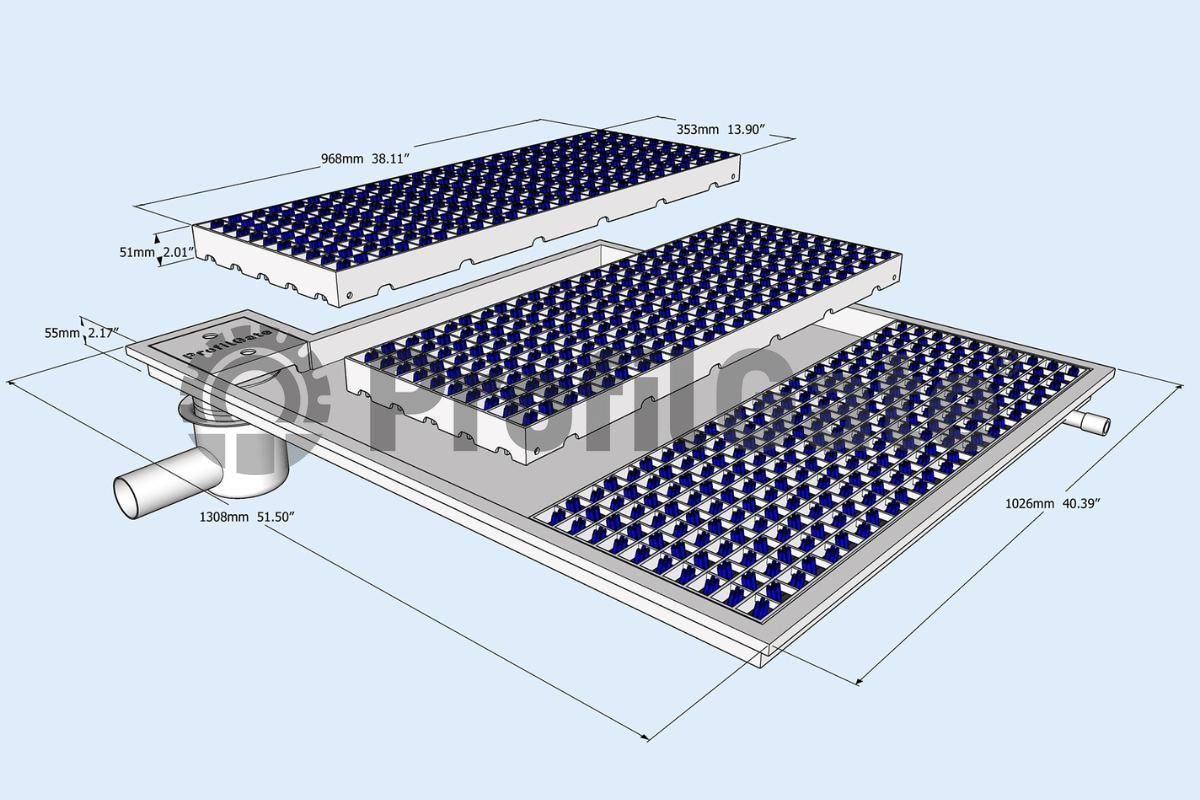
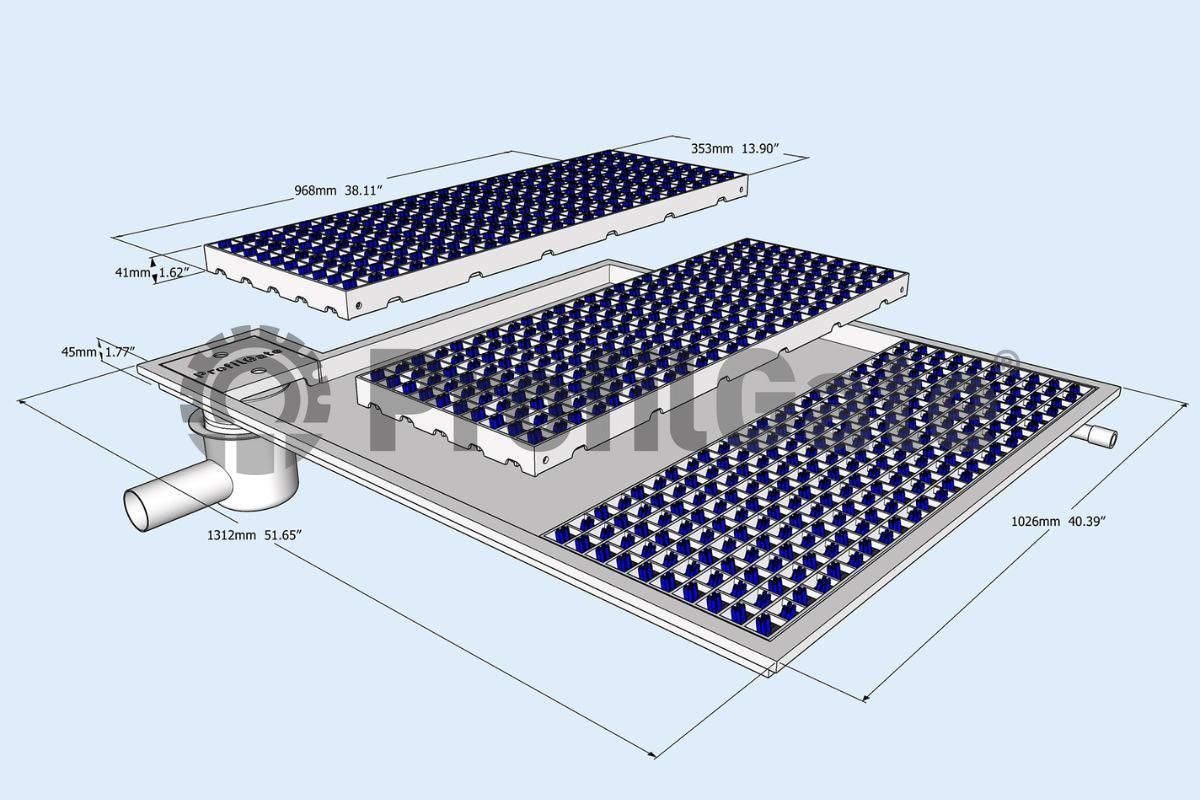
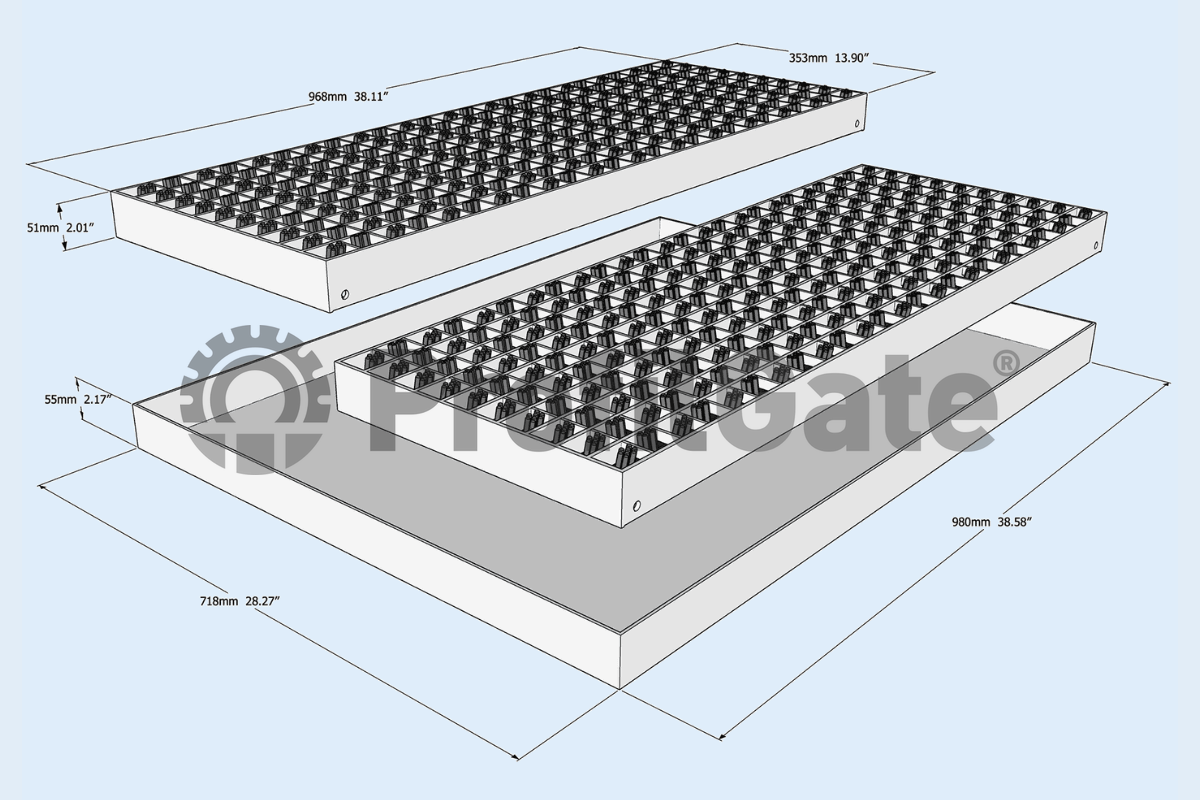
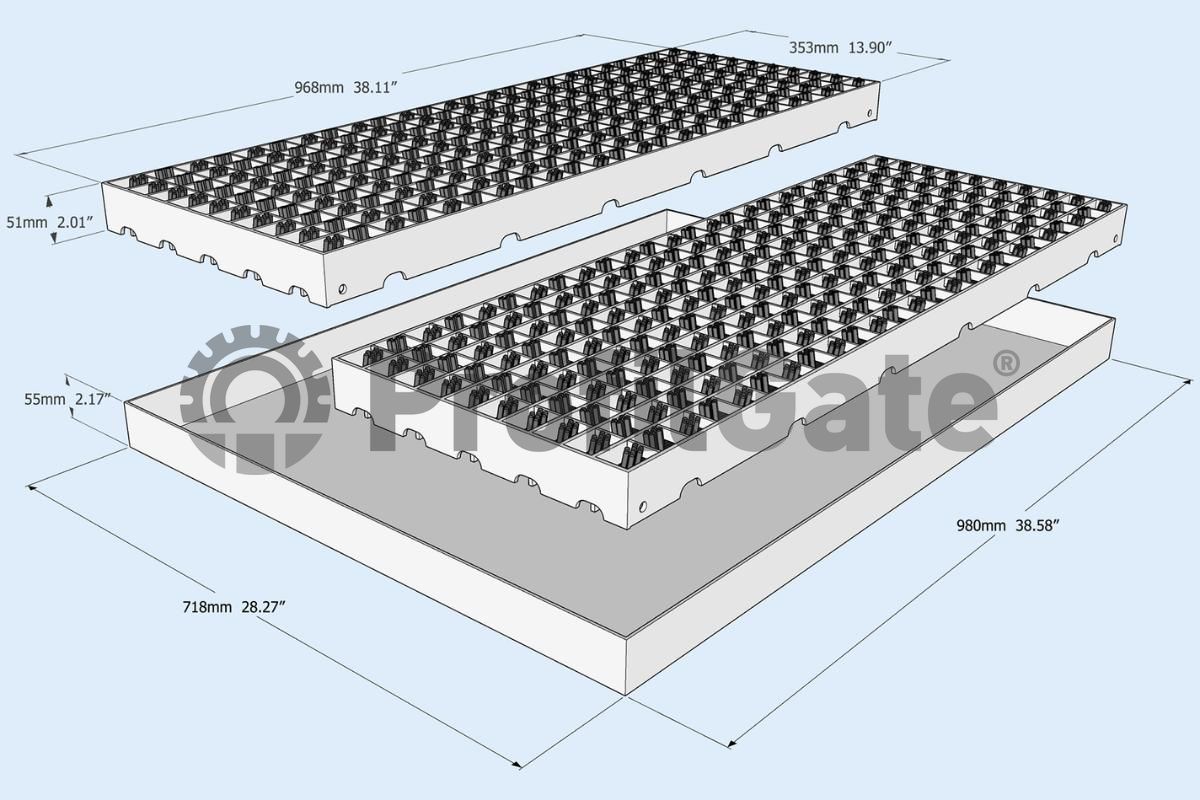
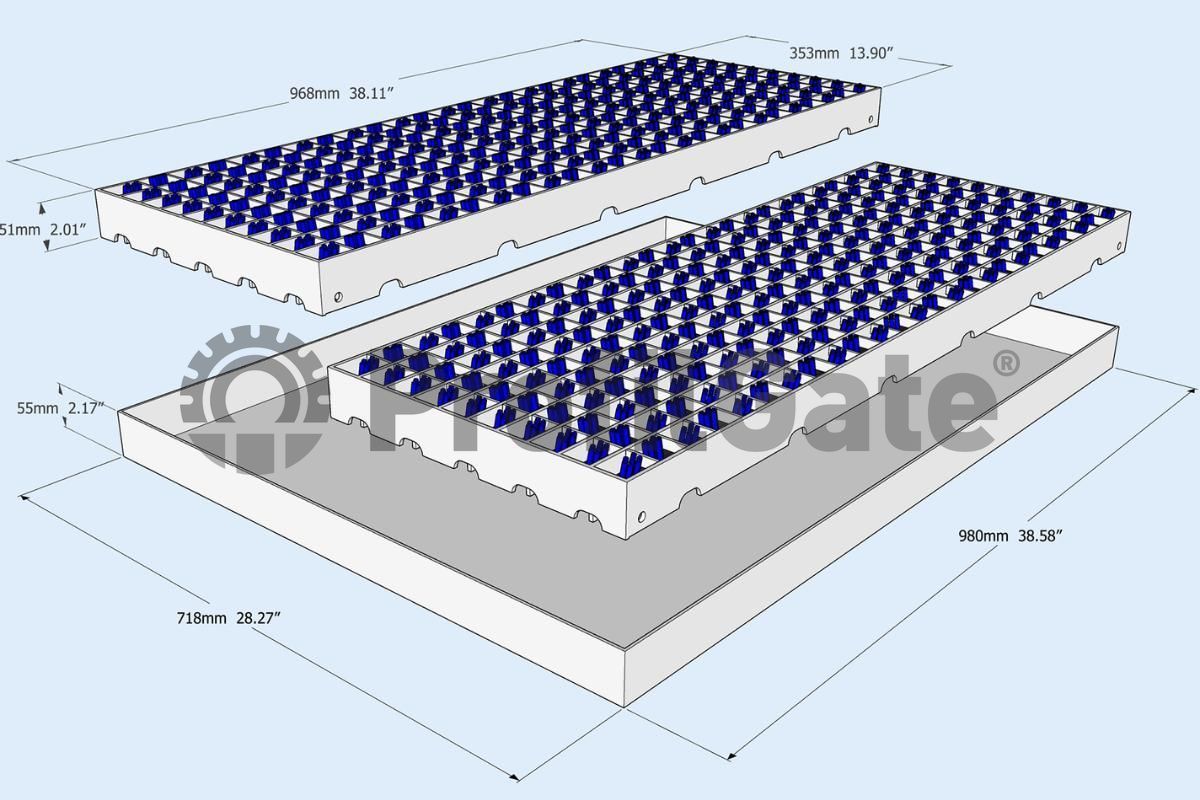
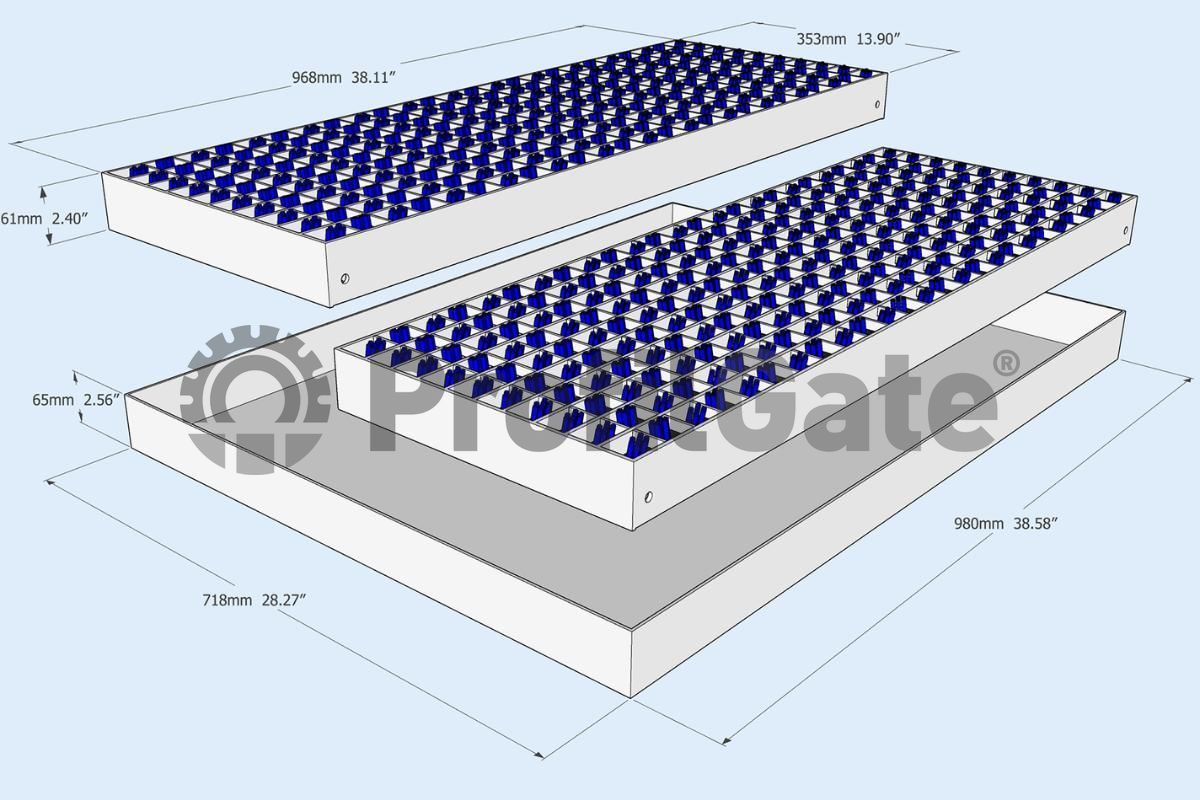
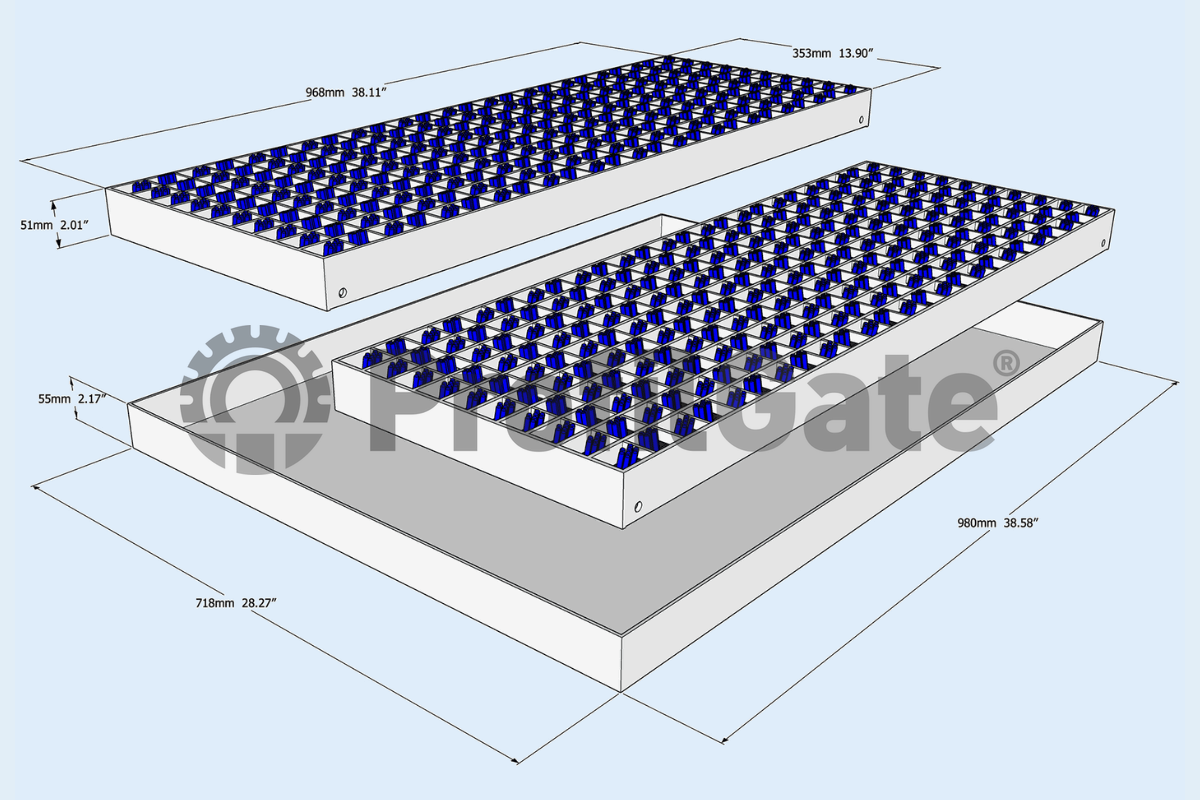
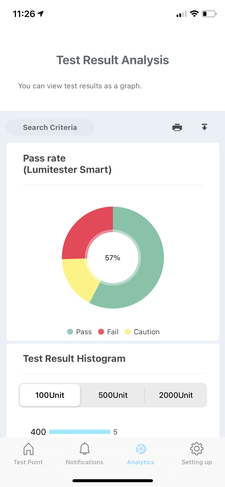 Exportable Data and Reports for Regulatory Compliance
Exportable Data and Reports for Regulatory Compliance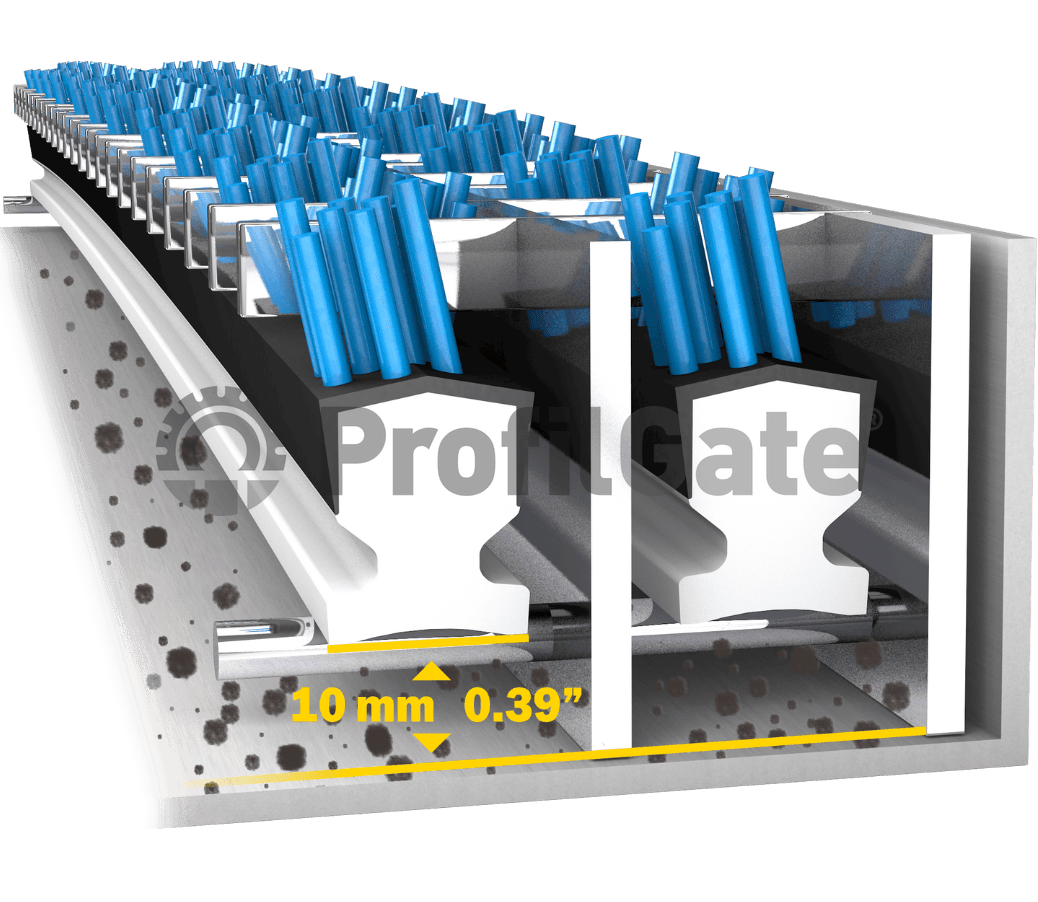
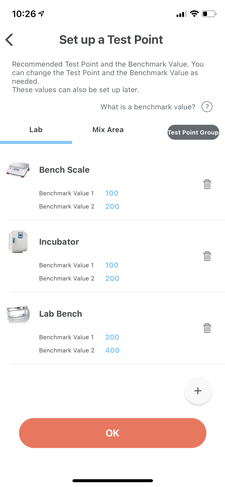

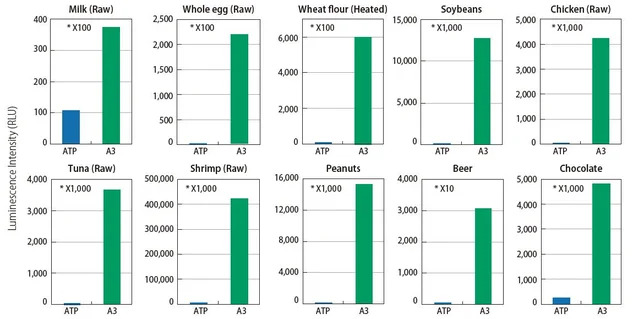 See how A3 technology finds what ATP technology can’t
See how A3 technology finds what ATP technology can’t